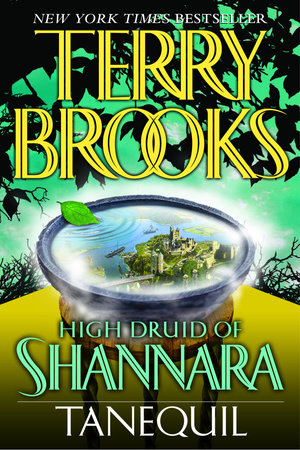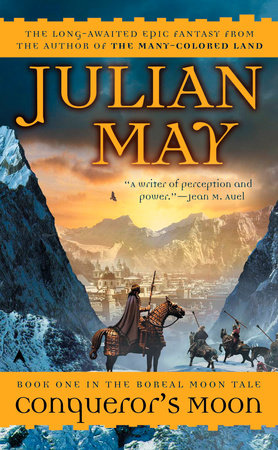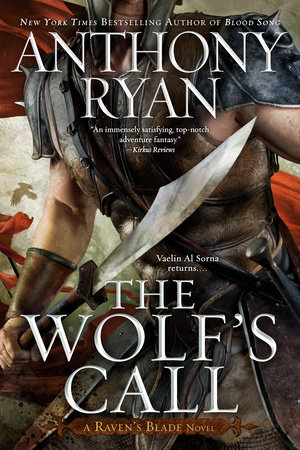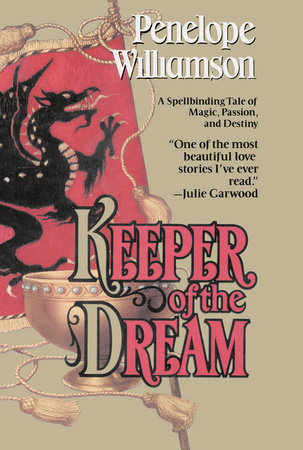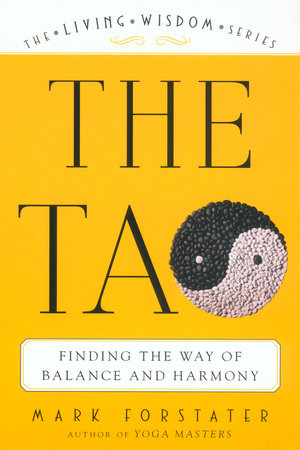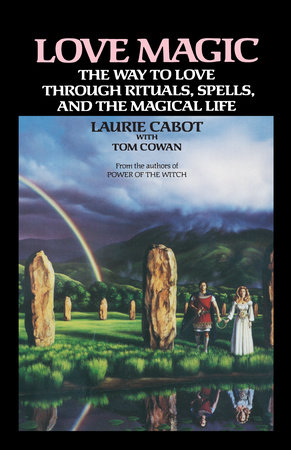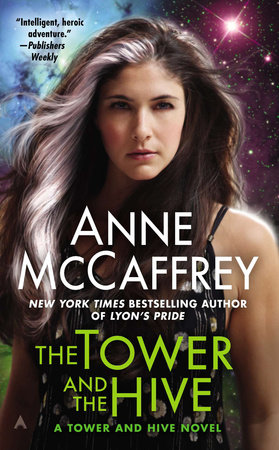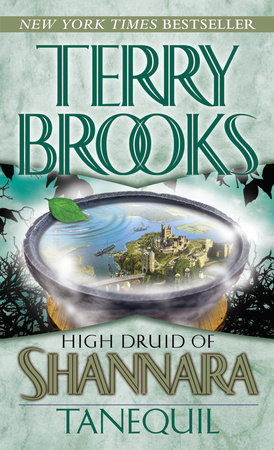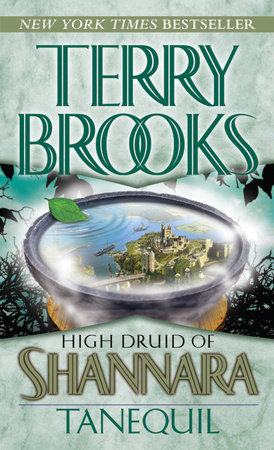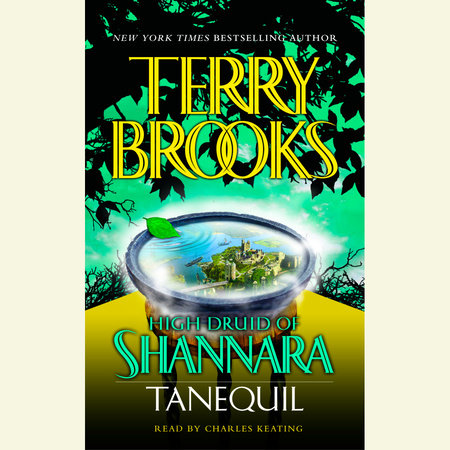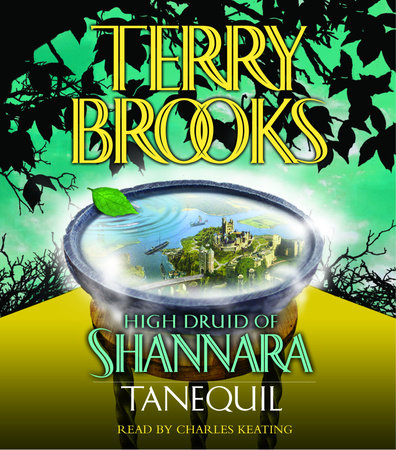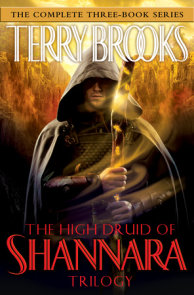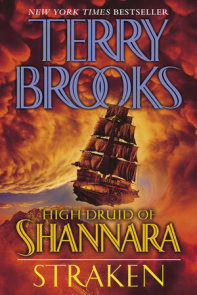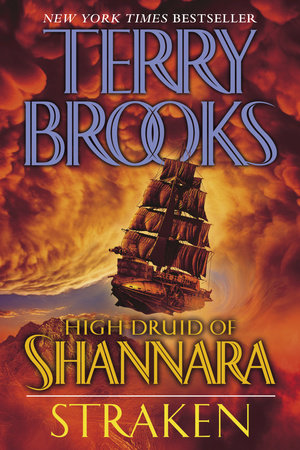Author Q&A
A Conversation with
Terry Brooks
Del Rey:Your new novel, Tanequil, is the second book in the High Druid of Shannara trilogy. In many ways, this seems to be a book of testings–all the characters are tested, forced to confront aspects of themselves that they would prefer to ignore or deny. Can you talk a little bit about these challenges?
Terry Brooks:I hadn’t thought of the book in these terms, but on reflection they seem accurate. I know I approach my stories from this direction often. Testing of self is a regular part of our own lives, so it seems natural to make it a part of the lives of my characters, as well, albeit on a much different level. We are constantly being put to the test by trying circumstances and difficult people and problems not necessarily of our own making. It is the same with the characters of the Shannara books. What is interesting to me is how the characters respond, how they change and grow by facing what often seem overwhelming difficulties.
DR:Is Pen Ohmsford’s magic a form of the wishsong?
TB:Stay turned for Book Three of High Druid for the answer to that one!
DR:What is the Forbidding, and what is its relationship to the world of the Four Lands?
TB:The Forbidding is the place to which the Elves and their allies consigned the demons and their ilk after a long struggle for dominance in the old world of Faerie, before the age of Men. It was written about extensively in both Elfstones of Shannara and Elf Queen of Shannara, but readers have never had a chance to see what this world is like. The books of High Druid make it clear that the Forbidding is an alternate version of the Four Lands, one in which its imprisoned denizens have shaped the landscape to mirror their own personalities and life habits. It is darker and far more dangerous than any place in the Four Lands, totally inhospitable to humans. Even without having been there themselves, Shadea a’Ru and her allies know it is a place in which Grianne cannot survive.
DR:Grianne is imprisoned by the Straken Lord, Tael Riverine. Who is he, and what does he want from her?
TB:Well, I don’t want to give away a key plot point for Tanequil, so I can’t tell you exactly what Tael Riverine wants from Grianne. I can say that the Straken Lord’s plans for her come as a real surprise to the Ard Rhys and are not at all what she initially thinks.
DR:Does the term “Straken” refer to a race of demons, or does it have another meaning?
TB:Straken is a term that the Jarka Ruus (the banished people, as the denizens of the Forbidding refer to themselves as) use to denote a powerful magic wielder, one who controls and manipulates the lives of less skilled creatures.
DR:When Grianne entered the Forbidding, a demon called the Moric emerged into the Four Lands. Is the Moric a servant of Tael Riverine? What is its purpose?
TB:Gee, here we go again. The answer to this question comes to light right at the end of Tanequil, so I don’t want to give it away here. Suffice to say it isn’t anything that will benefit the peoples of the Four Lands.
DR:Grianne has fought to put her previous life as the Ilse Witch behind her. But I sense that she hasn’t fully come to terms with that part of herself. Is that what attracts Tael Riverine to her, not just her powerful magic but a certain taint of evil?
TB:Yes. Tael Riverine is attracted to her for the power she wields, which is an inherent part of her, but also for the potential she has to become something evil. The demon knows she was the Ilse Witch once and could become so again. But her real usefulness to the demon comes from what it sees in her make-up, a combination of magic and determination and strength that can serve it well, if she can be broken.
DR:How has your thinking about the Shannara series and the Four Lands evolved since The Sword of Shannara?
TB:How long do we have? The most obvious answer to this question is that when I began writing Sword of Shannara I was only thinking about the one book. Even after Sword was published, I was still only thinking about the next book, Elfstones. The idea for an extended series really didn’t take shape until I began work on the four books of Heritage of Shannara. At that point, I began to see how the series could be shaped to become something much more complicated than I had initially envisioned. On the other hand, I still approach each book with the same basic plan in mind—to put some people under severe stress and see how they hold up.
DR:How have you grown as a writer over the years? In what ways are you a different writer than the Terry Brooks who wrote The Sword of Shannara? And in what ways are you the same?
TB:I think I make better use of language and imagery than when I started out. I have learned to do more with less, so you don’t see the big books anymore. I quit using adjectives and adverbs as if sheer numbers would make a difference. But I am the same storyteller as always. I think that has always been my strength. I might add that you change as a person as you grow older, so you change as a writer, too. My interests are different now than they were thirty years ago. What I want to write about has changed somewhat, and the scope of the storytelling has changed accordingly.
DR:Do you have any plans to return to your earlier Word & Void series? Those books always seemed related to the world of Shannara to me; it would be fascinating to see the story of John Ross woven into the Shannara saga!
TB:I fell off a ladder over Christmas and had to have surgery to rebuild my right knee. As a result, I had a lot of time to use up sitting around healing. In that time, I finished Straken. So for the first time in a long while, I am able to take a few months off. I might not go back to work until the first of the year, I don’t know. But meanwhile, I am thinking through new books in both Word & Void and Magic Kingdom, all of which I expect to write over the next few years.
DR: That’s great news–well, except for the part about falling off the ladder. Which one will you tackle first?
TB:I haven’t decided. I thought earlier it would be Magic Kingdom, but now I’m not so sure. We’ll see.
